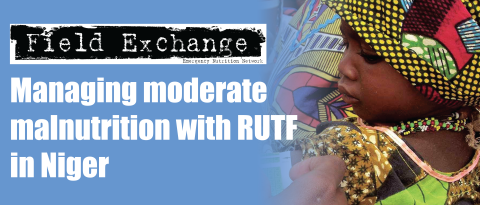Simple tools for measuring household food access and dietary diversity
Summary of international workshop1
An international workshop on simple tools for measuring household access to food and dietary diversity was held on March 21-23, 2007 in Nairobi. The workshop was sponsored by the Nutrition and Food Safety Division of FAO (AGN) as part of the EC/FAO Food Security Information For Action Programme, in collaboration with the Food and Nutrition Technical Assistance Project (FANTA)
The purpose of the workshop was to bring together experts in food security and nutrition from governments, universities, and international agencies, to discuss the utility of the tools that AGN is promoting and to identify potential areas for their integration into food security information systems at national and decentralised levels.
The main workshop objectives were to:
- Generate an increased understanding of innovative and simple methodologies and tools for measuring household access to food and dietary diversity.
- Explore how the tools can be applied and integrated to improve food security information systems.
- Discuss how the tools could be used in decision making for programming and targeting.
- Strengthen collaboration at national and international levels.
The workshop brought together food security and nutrition experts from institutions and organisations in nine countries to discuss the following tools to measure household and individual food consumption characteristics:
Household Food Insecurity Access Scale (HFIAS) is a 9-item scale to measure the prevalence and severity of household food insecurity in developing countries. The HFIAS is based on universal situations or experiences households may have when faced with limited access to food - feeling anxiety and uncertainty about the household food supply, altering personal food preferences and reducing quantity of food consumed.
Dietary diversity questionnaires assess the variety of the diet by adding up the number of food groups eaten by household members or individuals in the 24 hours prior to the interview. The assessment includes the number of different food groups consumed (variety), and the types of food groups consumed (quality).
Culturally specific questionnaire adaptation and refinement are needed for both the HFIAS 1 Executive Summary. International Workshop. Simple tools for measuring household access to food and dietary diversity. March 21-23, 2007. Nairobi. and the dietary diversity questionnaires before applying to a population survey.
The tools were reviewed in a structured manner to identify their strengths and weaknesses and the feasibility of their application in a number of settings. Overall, there was agreement that the HFIAS and dietary diversity questionnaires could be appropriately used in a number of data collection settings and in food security and nutrition information systems. More specifi- cally, the workshop had three key outcomes:
- Agreement on the need to achieve standardisation of the tools and to engage in further work towards this goal.
- Identification of practical ways of integrating the tools to generate information for policymaking and programming.
- Agreement on the need to establish a users' network to exchange information on practical use of the tools.
A full report on the workshop is in preparation.
For more information, contact: Terri Ballard, FAO, Nutrition headquarters, Italy, email: Terri.Ballard@fao.org
1Executive Summary. International Workshop. Simple tools for measuring household access to food and dietary diversity. March 21-23, 2007. Nairobi.
Imported from FEX website


